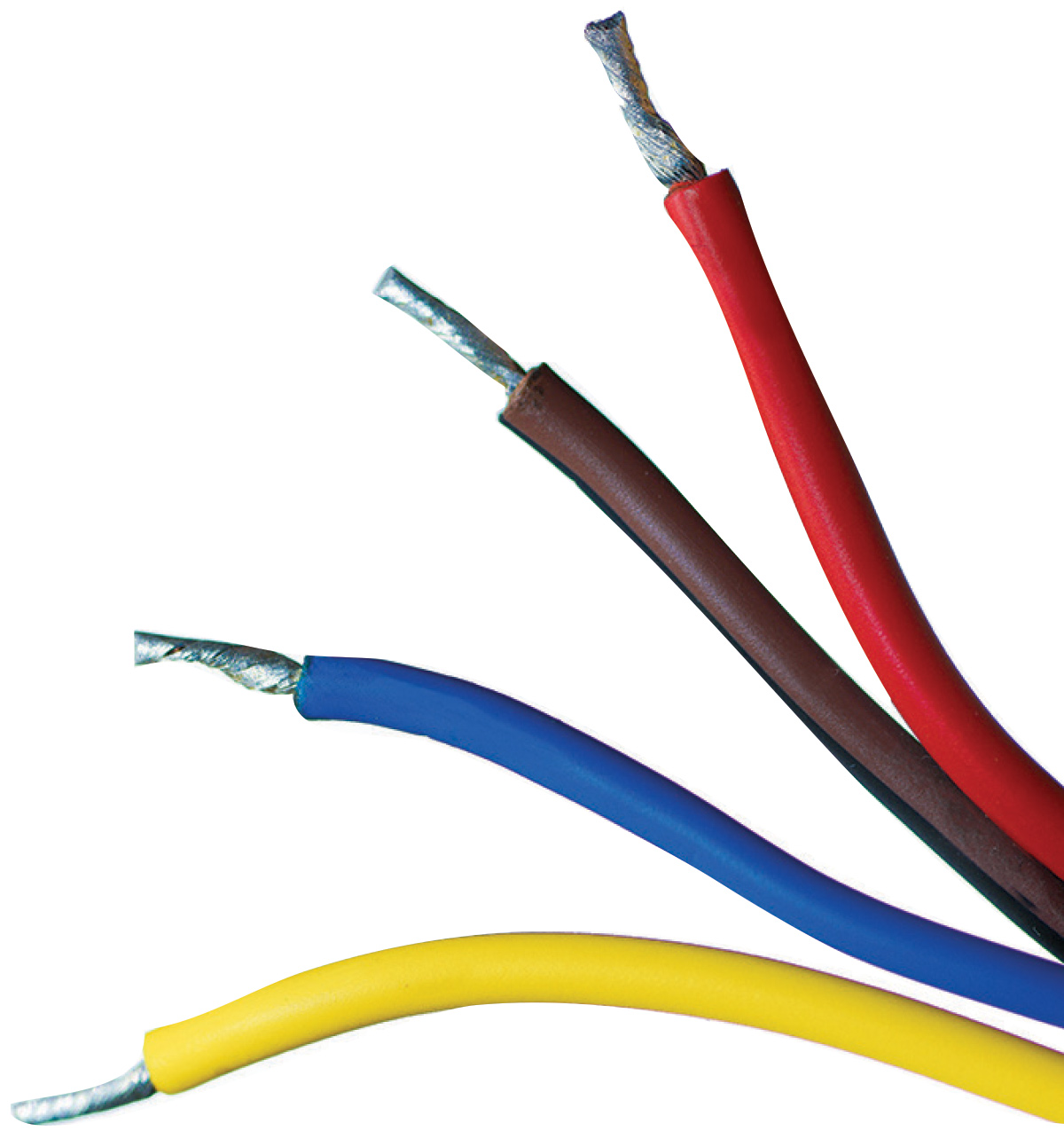In a Report and Order, the FCC updated the agency’s radio frequency device marketing and importation rules to accelerate the release of new wireless devices. Under the revised rules, manufacturers will be allowed limited marketing and pre-sales of wireless devices to consumers as long as the devices are not actually provided to consumers until they achieve full compliance with FCC equipment authorization requirements.
In addition, the revised rules will allow limited pre-authorization importation of radio frequency devices into the U.S. for certain pre-sale activities, such as packaging and shipping to retail locations.
The Commission says that the changes will give product developers more flexibility to engage in crowdfunding and other currently popular forms of project marketing while giving consumers quicker access to new wireless devices.
The draft guidance, “Remanufacturing and Servicing Medical Devices,” defines remanufacturing as “the processing, conditioning, renovating, repackaging, restoring or any other act done to a finished device that significantly changes the finished device’s performance or safety specifications, or intended use.”
“Servicing,” on the other hand, is defined in the draft guidance as “the repair and/or preventative or routine maintenance of one or more parts in a finished device…for the purpose of returning it to the safety and performance specifications established by the original equipment manufacturer (OEM) and to meet its original intended use.”
The FDA notes that this distinction is important in determining what regulations apply in evaluating the safety and performance of remanufactured medical devices. In brief, the draft guidance details that “the FDA enforces requirements under the FD&C Act and its implementing regulations on entities engaged in remanufacturing, including but not limited to registration and listing, adverse event reporting, the Quality System (QS) regulation, and marketing submission.”
According to a posting earlier this year on the Intelligent Living website, the unique lace designs created by Alexandra Sipa, a recent graduate from London’s Central Saint Martins University, were inspired in part after her earphone wires broke several times. At one point, she started collecting discarded electrical wiring at construction sites and a local recycling center.
Then, Sipa began using the wires to weave intricate, lace-like materials that reflected traditional techniques from her home country of Romania. She used those materials to create a number of garments, including a dress, a vest, and a ruffled coat, as well as a handbag and several accessories.
In addition to using electronic waste in new ways, Sipa says that her designs can also point the way for the fashion industry to use upcycled waste in place of natural materials whose creation can have a disproportionate impact on the environment.
You can see pictures of some of Sipa’s innovative fashion designs using discarded electronic wires at the Intelligent Living website at https://www.intelligentliving.co/discarded-electrical-wires-exquisite-dresses.

In a report published earlier this year by the United Nations University (an autonomous entity under the scope of the UN General Assembly) and the UN Institute for Training and Research (UNITAR), researchers estimate that global sales of electronic products actually fell by between 6-8% during the period from January-September 2020.
According to the report, this unprecedented decline in sales will eventually prevent nearly 5 million tons of electronic waste from being generated in future sales-related e-waste, a reduction of more than 6% from the estimated e-waste generated under a “business as usual” scenario.
The report also predicts that, although temporary, the likely reductions in e-waste will have the most positive impact in global regions where e-waste mismanagement contributes to significant environmental and health impacts.
According to an article published on the NIST website, the NIST method is a variation on radar technologies, in which a transmitter sends an electromagnetic pulse and then uses reflections received to estimate the distance to the reflecting object. However, unlike conventional multisite radar setups which use one transmitter and several receivers to triangulate the location of an object, the NIST method uses multiple transmitters operating at frequencies from 200 megahertz to 10 gigahertz but only one receiver.
NIST researchers believe that their discovery could lead to technologies that could be used to help firefighters and other first responders locate victims inside of burning buildings and identify potential escape routes. The technology could also be used to track missiles, space debris, and other objects moving at hypersonic speed.
According to a posting on the website of Medical Design & Outsourcing, the FDA’s total proposed budget of $6.5 billion includes $571 million for the Center for Devices and Radiological Health (CDRH) and over $105 million for the Office of Regulatory Affairs (ORA).
In its budget proposal to Congress, the FDA is also reportedly seeking increased authority to obtain accurate supply chain information on critical medical devices. The agency says that access to this information can help to preemptively address device shortages while also extending the agency’s oversight of counterfeit medical devices.
Published in the U.S. Federal Register, the Guidance, entitled “Testing and Labeling Medical Devices for Safety in the Magnetic Resonance (MR) Environment,” is intended to cover implanted medical devices, external medical devices such as insulin pumps and oximeters that are fastened to or carried by patients entering a room where MRI scans are conducted, or other medical devices that may be used by healthcare professionals during MRI scans.
In addition to providing recommendations for addressing potential safety hazards associated with medical devices used in the MR environment, the guidance also includes safety labeling information that should be included in device premarket submissions.